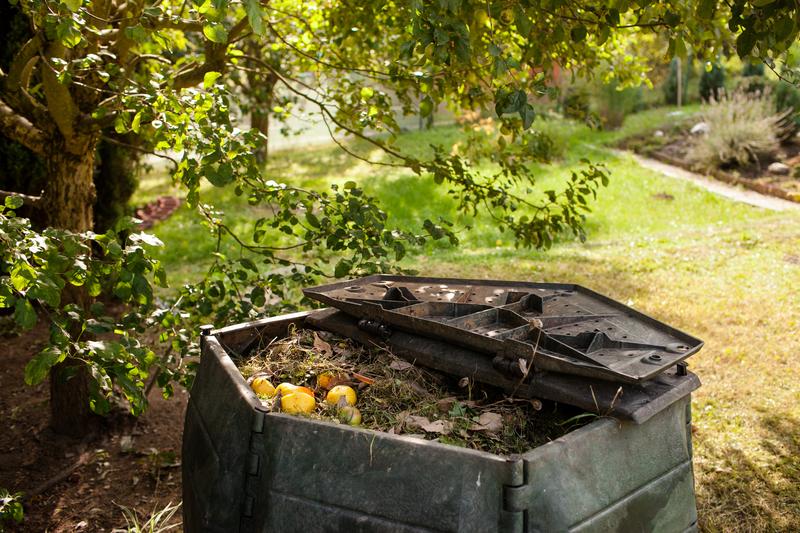Unlock Sustainable Solutions for Smartphone Recycling
In today's rapidly evolving technological landscape, smartphone recycling has become a crucial topic. With millions of devices reaching the end of their life each year, the need for sustainable solutions is more pressing than ever. This article delves into innovative recycling practices, highlighting their importance and offering actionable solutions for both consumers and manufacturers.
The Urgent Need for Smartphone Recycling
Smartphones have transformed the way we communicate, work, and live. However, their rapid obsolescence leads to massive electronic waste, polluting the environment and wasting valuable resources. According to the Global E-Waste Monitor, approximately 53.6 million metric tons of e-waste was generated globally in 2019, and the number continues to rise. Recycling smartphones effectively is essential to mitigate environmental harm and recover precious materials.

How Does Smartphone Recycling Work?
Recycling smartphones involve several key steps:
- Collection and Sorting: Devices are gathered from various sources, such as drop-off centers, retailers, and manufacturers.
- Data Erasure: Sensitive data is securely wiped from devices to protect user information.
- Disassembly: Skilled technicians disassemble smartphones into components, separating materials like glass, plastics, and metals.
- Material Recovery: Processes like shredding, smelting, and chemical extraction are used to recover valuable metals and components.
- Recycling and Repurposing: Recovered materials are recycled into new products, reducing the need for new raw materials.
The Importance of Data Security in Recycling
Ensuring data security during the recycling process is critical. Consumers need confidence that their personal information is safe when recycling smartphones. Many recycling programs incorporate rigorous data erasure protocols to protect user privacy.
Innovative Solutions for Sustainable Smartphone Recycling
To unlock truly sustainable solutions, all stakeholders-including consumers, manufacturers, and governments-must collaborate. Here are some innovative approaches guiding the future of recycling:
1. Manufacturer Take-Back Programs
Many smartphone manufacturers are embracing take-back programs, encouraging consumers to return old devices for recycling. These programs help ensure proper disposal and recovery of valuable components. Additionally, some companies offer incentives such as discounts on new purchases to motivate participation.
2. Modular Smartphone Designs
Modular smartphones, designed with easily replaceable parts, offer a promising solution. By enabling users to upgrade individual components rather than replace entire devices, these designs reduce waste and extend the lifespan of smartphones. Companies like Fairphone have pioneered this approach, promoting sustainability and ethical production.
3. Advanced Recycling Technologies
Technological advancements are revolutionizing smartphone recycling. For example, hydrometallurgical processes use water-based chemicals to extract metals, minimizing environmental impact compared to traditional methods. Furthermore, robotic disassembly systems can efficiently separate components for material recovery, enhancing recycling rates.
4. Legislation and Policy Initiatives
Government regulations play a crucial role in promoting sustainable recycling practices. Policies such as extended producer responsibility (EPR) mandate that manufacturers take responsibility for the entire lifecycle of their products, including disposal and recycling. These initiatives ensure accountability and foster the development of eco-friendly solutions.

Consumer Actions for Responsible Recycling
While manufacturers and governments play vital roles, consumers also have significant influence over the smartphone recycling process. Here are steps individuals can take to contribute:
- Research Local Recycling Options: Explore local recycling centers, return-to-retail programs, and manufacturer take-back initiatives for convenient disposal of old devices.
- Donate or Sell Functional Devices: Extend the life of your smartphone by donating or selling it if it's still operational. This reduces waste and benefits those in need.
- Support Sustainable Brands: Choose smartphones and brands that prioritize durability, repairability, and environmental sustainability in their products.
- Advocate for Policy Changes: Support legislation that promotes sustainable e-waste management and holds manufacturers accountable for end-of-life device recycling.
Educational Initiatives
Raising awareness about the importance of smartphone recycling and its environmental impact is crucial. Educational programs in schools and communities can teach consumers about responsible recycling practices and encourage sustainable behavior.
The Future of Smartphone Recycling
Looking ahead, the future of smartphone recycling will likely be shaped by continued technological innovation and collaborative efforts among stakeholders. Advancements in recycling processes, increased consumer awareness, and policy support will drive sustainable practices, ensuring that valuable materials are recovered, and electronic waste is minimized.
The path to sustainable smartphone recycling requires commitment from all parties involved. By implementing innovative solutions and encouraging responsible consumer behavior, we can unlock a future where smartphones contribute positively to both society and the environment.
In conclusion, embracing these sustainable solutions will not only address the current challenges of e-waste management but also pave the way for a more circular economy, benefiting the planet and future generations.